Related Research Articles
This is a list of aviation-related events from 1930:
This is a list of aviation-related events from 1933:
This is a list of aviation-related events from 1921:
This is a list of aviation-related events from 1928:
This is a list of aviation-related events from 1929:
This is a list of aviation-related events from 1910:
This is a list of aviation-related events from 1919:
This is a list of aviation-related events from 1908:

The Morane-Saulnier L, or Morane-Saulnier Type L, or officially MoS-3, was a French parasol wing one or two-seat scout aeroplane of the First World War. The Type L became one of the first successful fighter aircraft when it was fitted with a single machine gun that fired through the arc of the propeller, which was protected by armoured deflector wedges. Its immediate effectiveness in this role launched an arms race in fighter development, and the Type L was swiftly rendered obsolete. The original Type L used wing warping for lateral control, but a later version designated Type LA was fitted with ailerons.

The Eberhart XFG was an American single-seat experimental ship-borne biplane fighter aircraft developed for the United States Navy in 1927 by the Eberhart Aeroplane and Motor Company. The sole prototype was rebuilt into the XF2G with the addition of a single float and a different engine, but the aircraft was destroyed in a crash in 1928, and the type did not enter production.
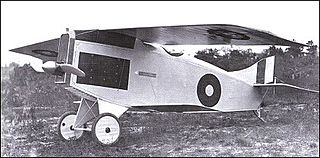
The Christmas Bullet, later known as the Cantilever Aero Bullet, was an American single-seat cantilever wing biplane. It is considered by many to be among the worst aircraft ever constructed.
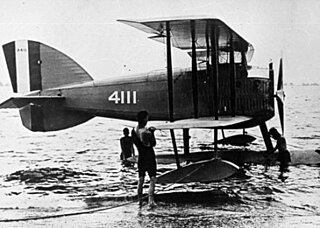
The Curtiss HA was an American biplane seaplane designed by Captain B.L. Smith of the United States Marine Corps, and built by Curtiss Aeroplane and Motor Company.

The Curtiss PN-1 was an American single-seat night fighter biplane built by Curtiss Aeroplane and Motor Company using blueprints from the Engineering Division of the United States Army Air Service.

The Curtis XF13C was a carrier-based fighter aircraft built by Curtiss Aeroplane and Motor Company.
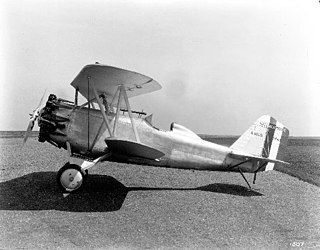
The Hall XFH was an American fighter aircraft built by the Hall Aluminum Company. It was the first fighter with a semi-monocoque metal fuselage.
Orenco was an American aircraft manufacturer founded in 1916 in New York as Ordnance Engineering Corporation. Confusion with the Ordnance Branch of the US Army led to the shortening of the name in 1919. The company's first project was the Orenco A in 1917, but they received no orders for it. The Orenco B and C received small orders, but the Orenco D was the most successful of their aircraft. The USAAS bought four prototypes, but the order for 50 production aircraft was given to the lowest bidder, in this case Curtiss Aeroplane and Motor Company.

The Orenco D was an American biplane fighter aircraft, designed by Orenco and built by Curtiss Aeroplane and Motor Company. It was the first fighter type of completely indigenous design to enter US military service.

The Wright XF3W was an American racing aircraft built by Wright Aeronautical for the United States Navy.
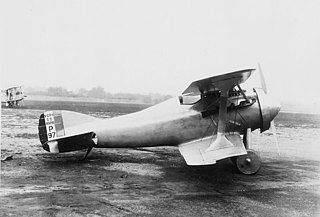
The Verville VCP was an American single-engined biplane fighter aircraft of the 1920s. A single example of the VCP-1 was built by the United States Army Air Service's Engineering Division, which was later rebuilt into a successful racing aircraft, while a second, modified fighter was built as the PW-1.
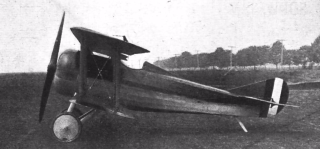
The Orenco B was a prototype American fighter aircraft of World War I. It was a single-engined, single-seat biplane that flew in 1918. Although it demonstrated good performance, it did not enter large scale service.
References
Citations
Bibliography
- Angelucci, Enzo (1987). The American Fighter from 1917 to the present. New York: Orion Books.